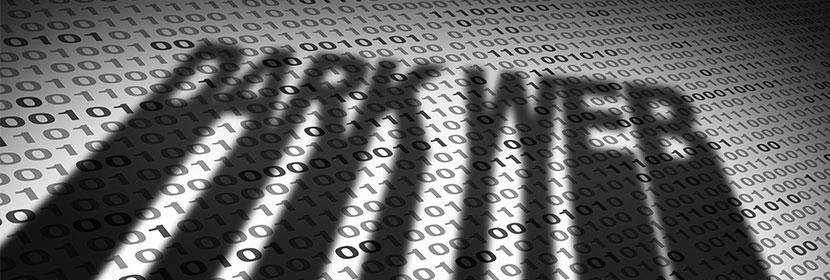
When evaluating cybersecurity risk, we tend to focus on technological factors: patches and upgrades, vulnerabilities, attack vectors, and so forth. Yes – technology solutions are vulnerable, and cybersecurity breaches are usually facilitated by advanced hacking technology.
However, the perpetrators behind cyber-attacks are human. These human actors have human motivations: greed, or a political agenda. Furthermore, cyberattacks often rely on human weaknesses – socially engineered cyberattacks, for example.








